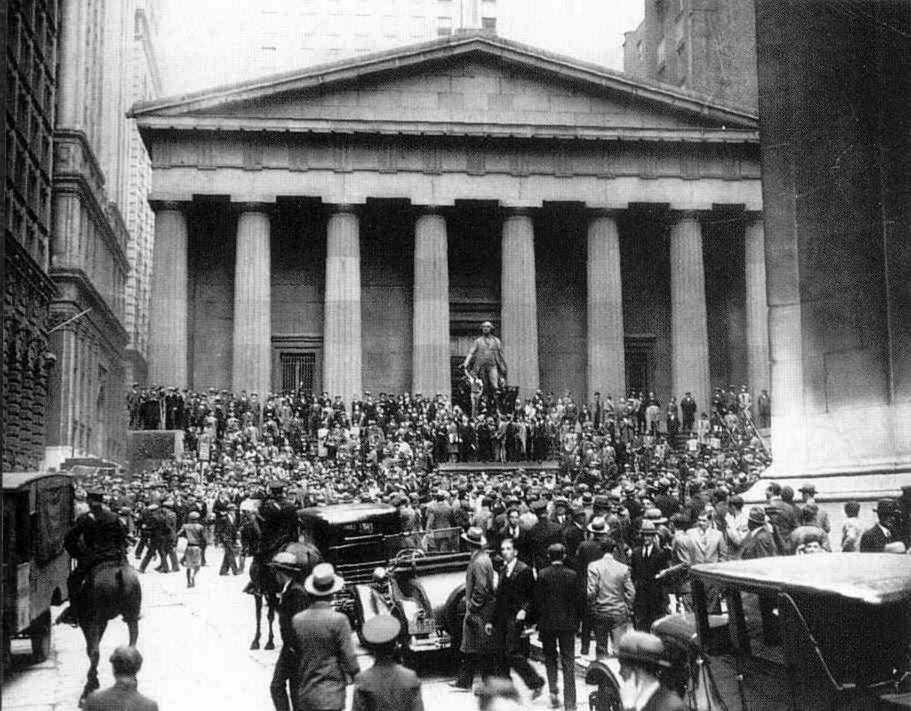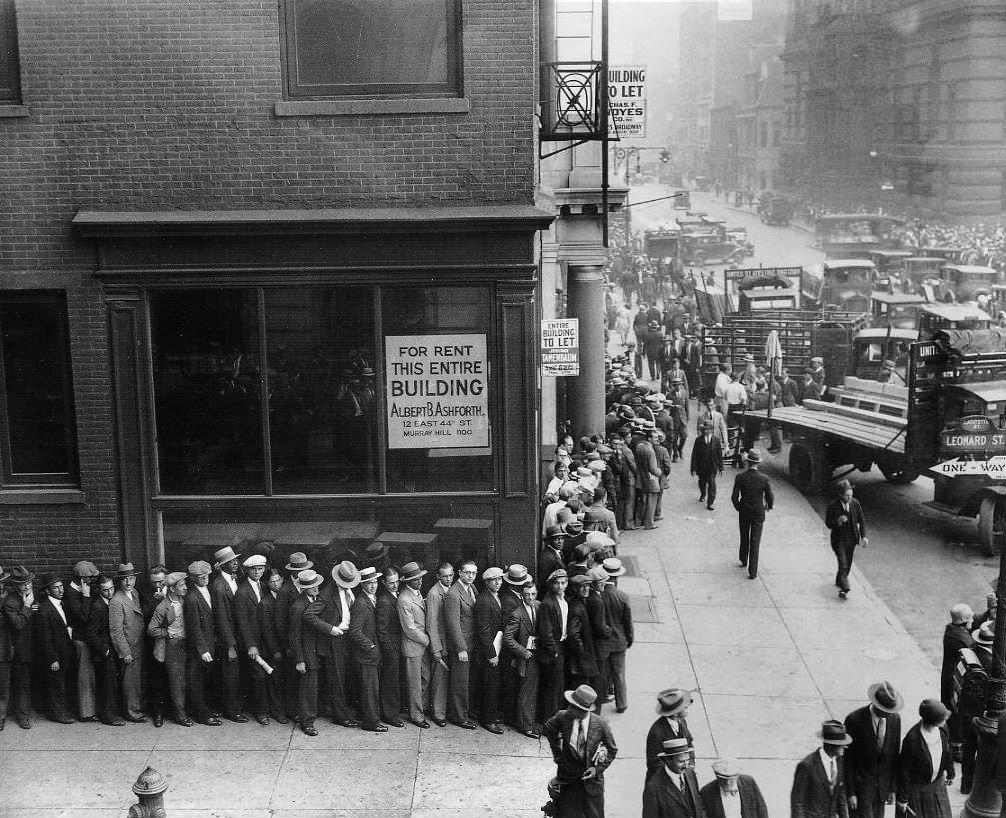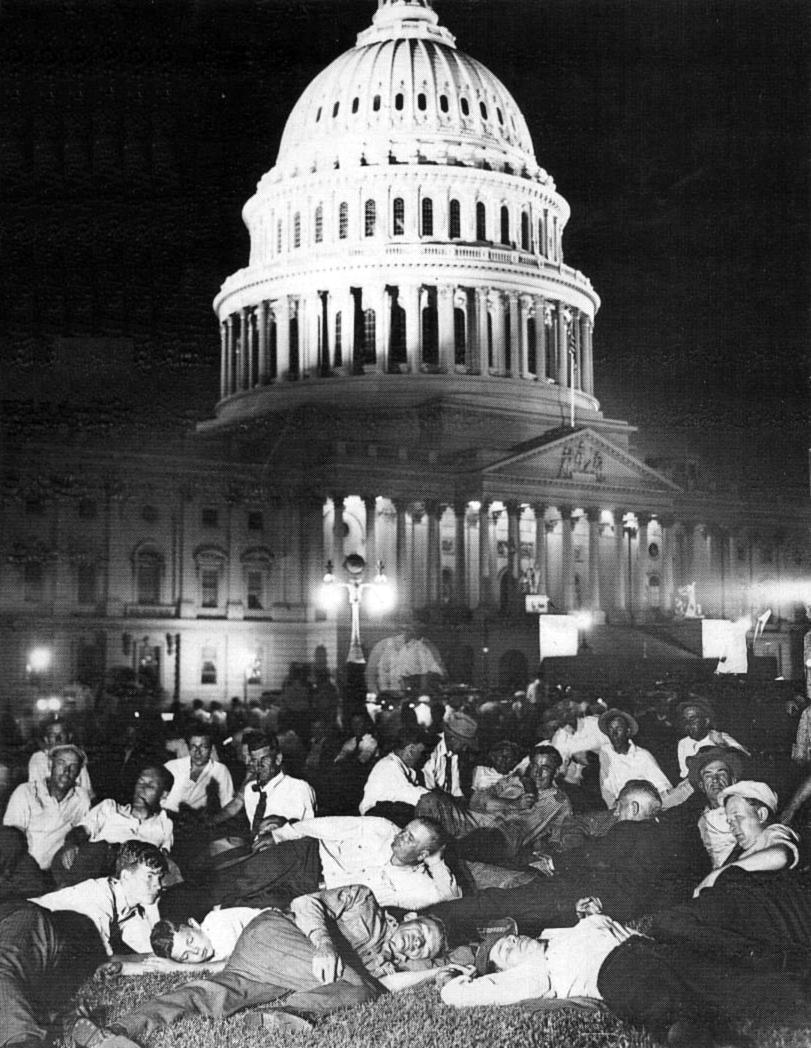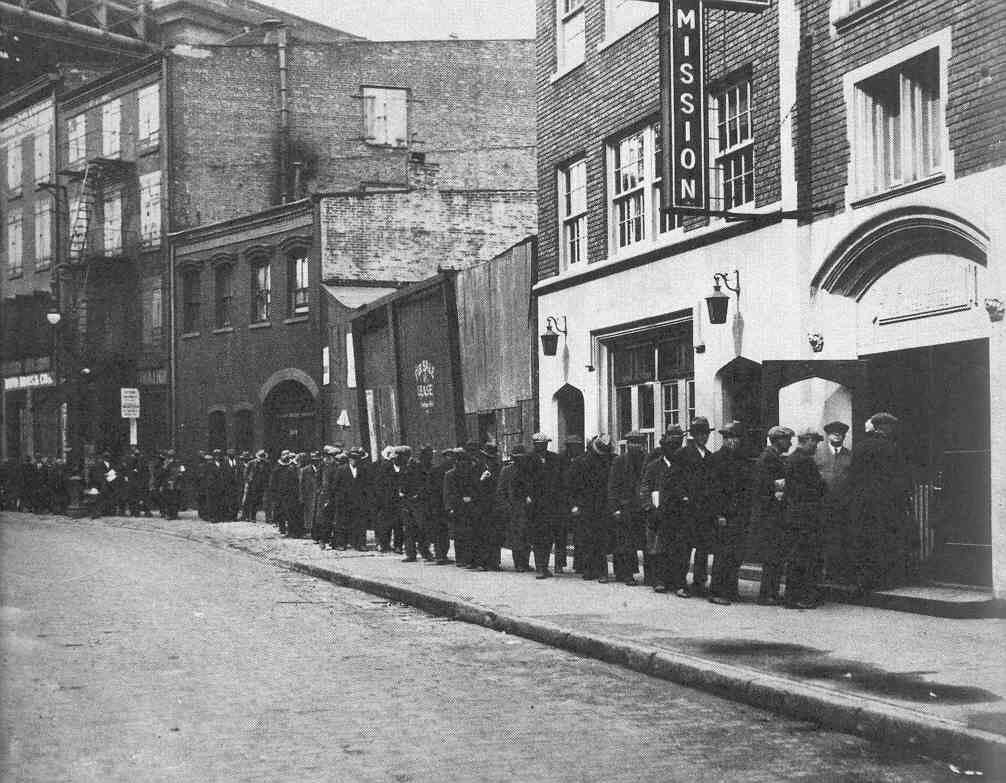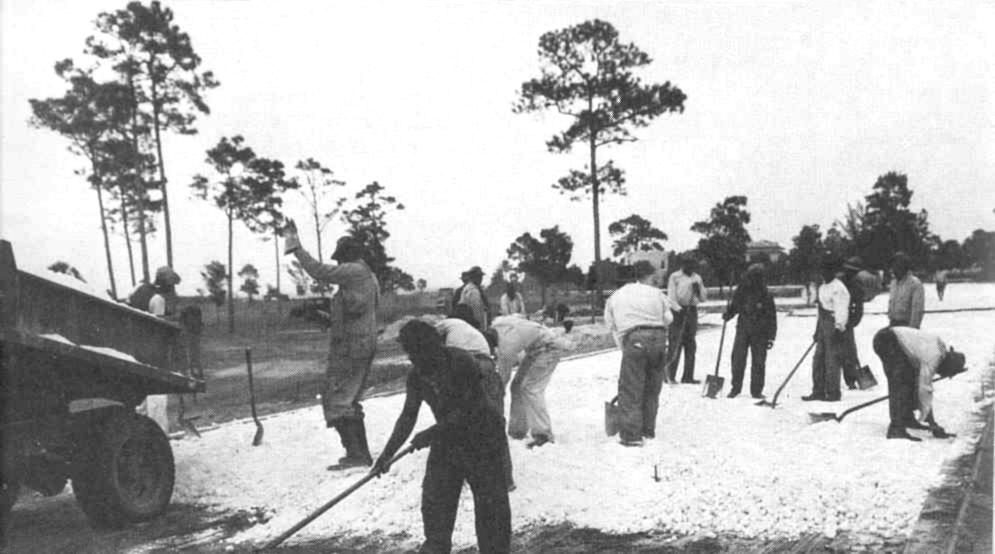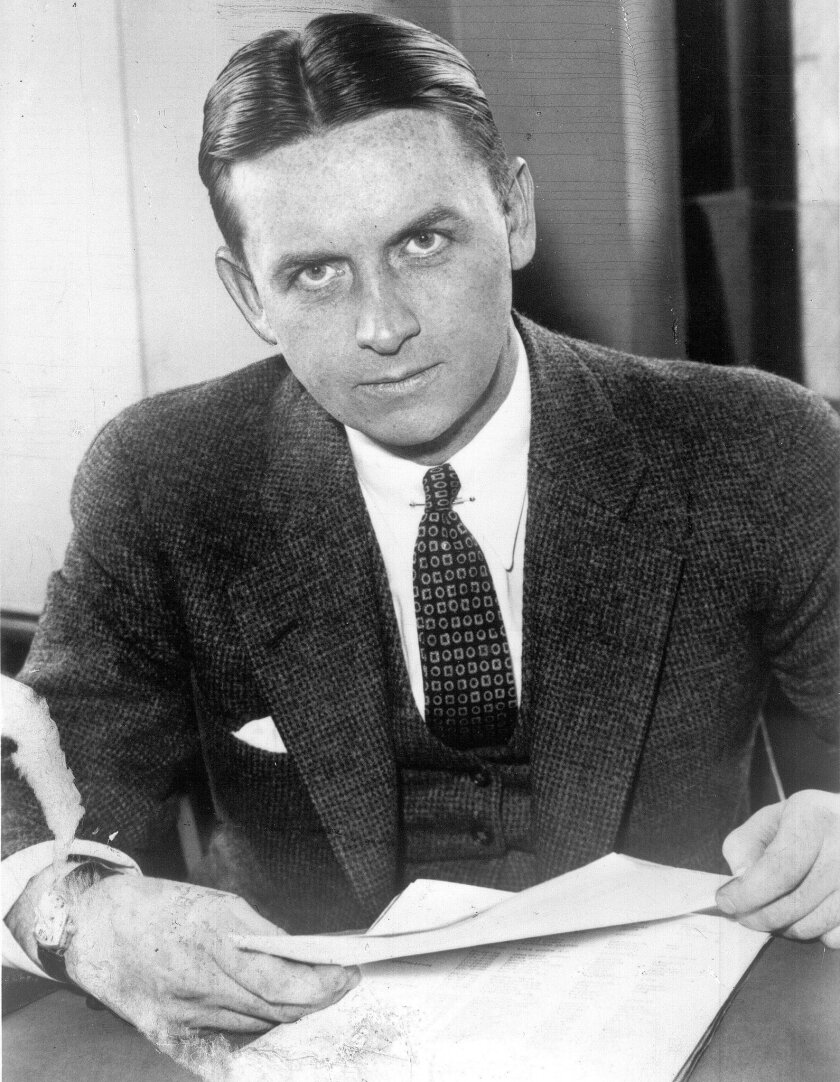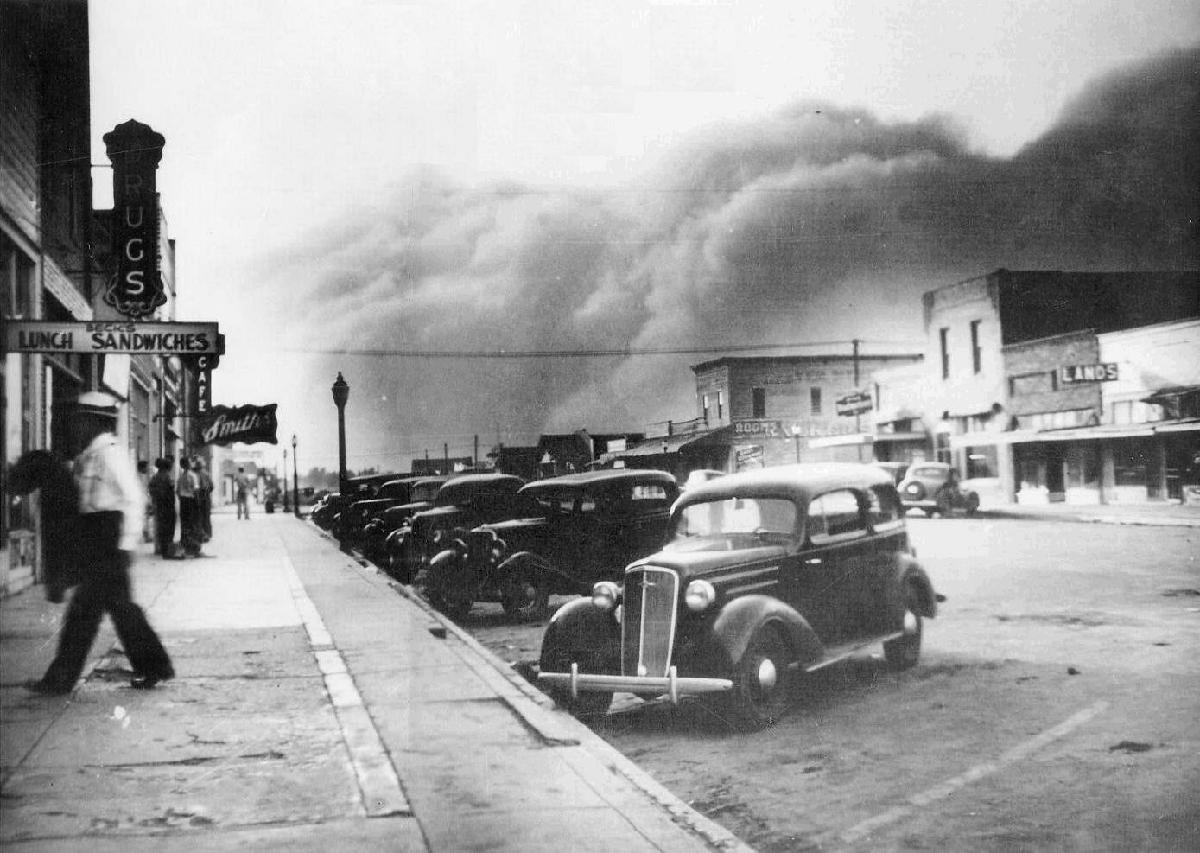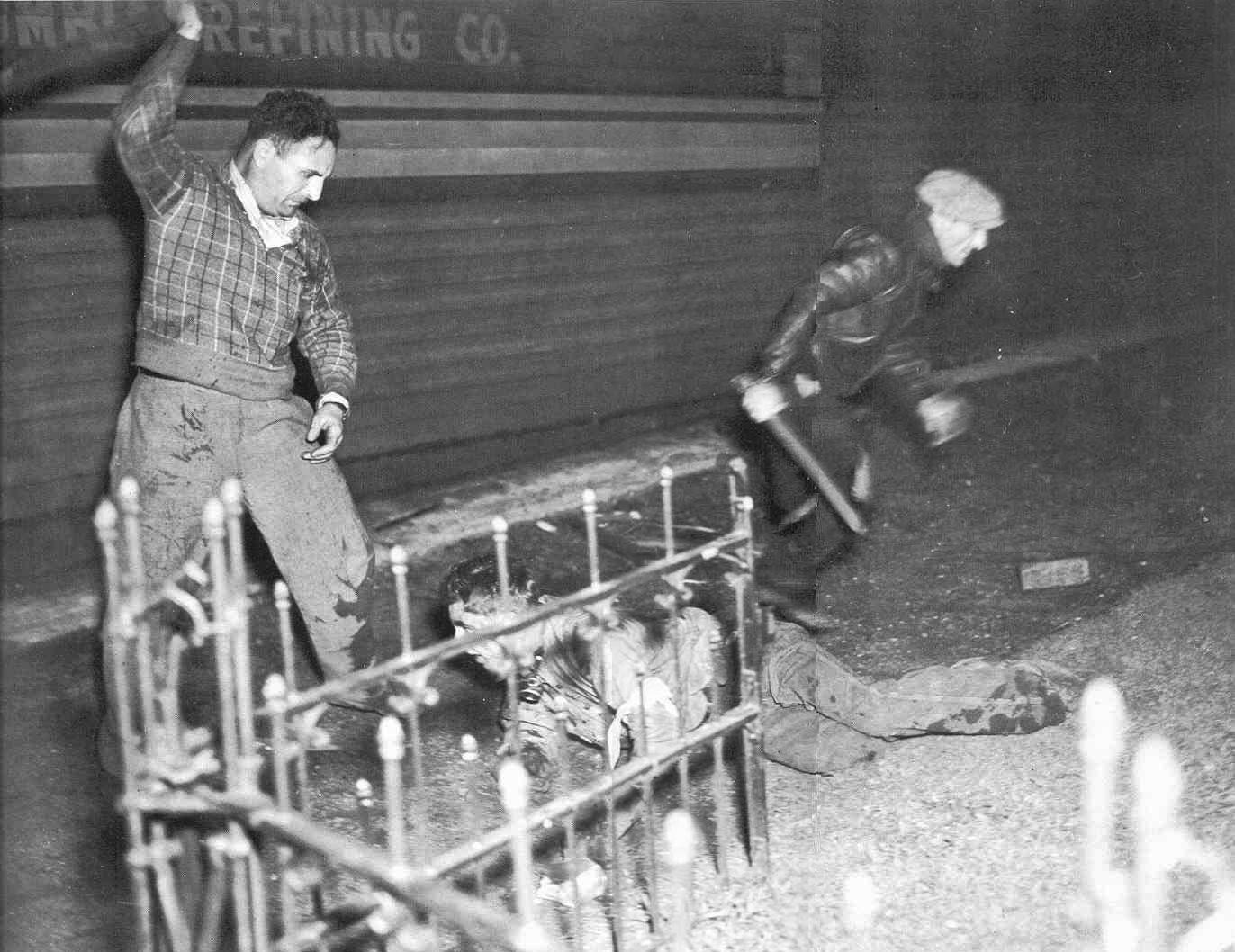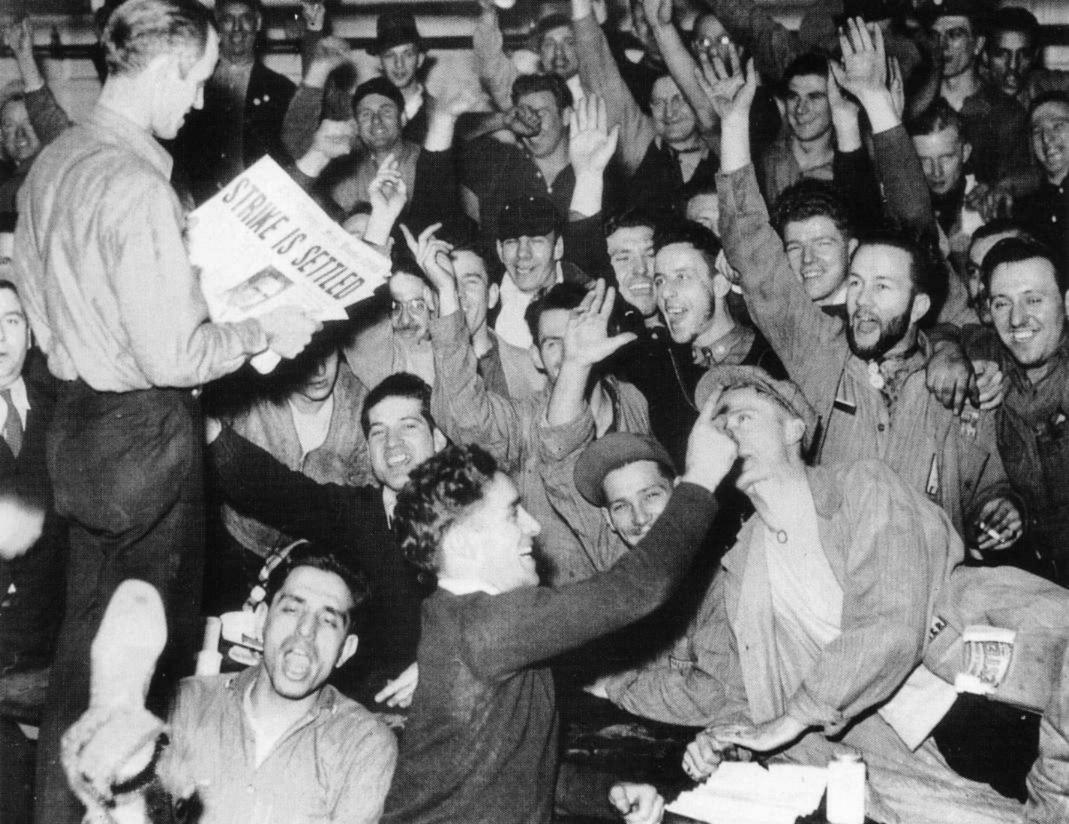15. DEPRESSION ... AND MORE DICTATORSHIP
(THE 1930s)


THE ONSET OF THE DEPRESSION IN AMERICA
 The 1929 stock-market crash
The 1929 stock-market crash
 The slide back into the Depression
The slide back into the Depression
 A shift in the presidential agenda
A shift in the presidential agenda
The textual material on page below is drawn directly from my work
A Moral History of Western Society © 2024, Volume Two, pages 132-136.
THE 1929 STOCK-MARKET CRASH |
| During the 1920s, America was on a dizzying chase after wealth that seemed to be there
simply for the snatching on the stock exchange of Wall Street.
Price of industrial stock climbed to fantastic heights as ordinary
American citizens cashed in life savings to buy stock. They even
borrowed heavily from commercial banks on the expectation of soon
making a magnificent return on their stock investments. The iron law of supply and demand. But America was not paying close attention to what was happening in the consumer world. The market for all these latest items was actually becoming "saturated" as most of the potential consumers now had their car, their radio, their washing machine, etc. There would always be new faces entering the consumer market ... but at nothing like the pace of the mid-1920s. Business found that they were having a hard time finding new customers ... and lowered their prices to coax new buyers into the consumer market. But ultimately, they simply had to cut back on the supply ... which meant idling factories and letting workers go ... which meant that with less money the workers themselves would be taking themselves out of the consumer market. And so the dizzying spin upward of industrial production of the 1920s began to turn itself into a mournful spin downward of that same industrial production in the late 1920s. |
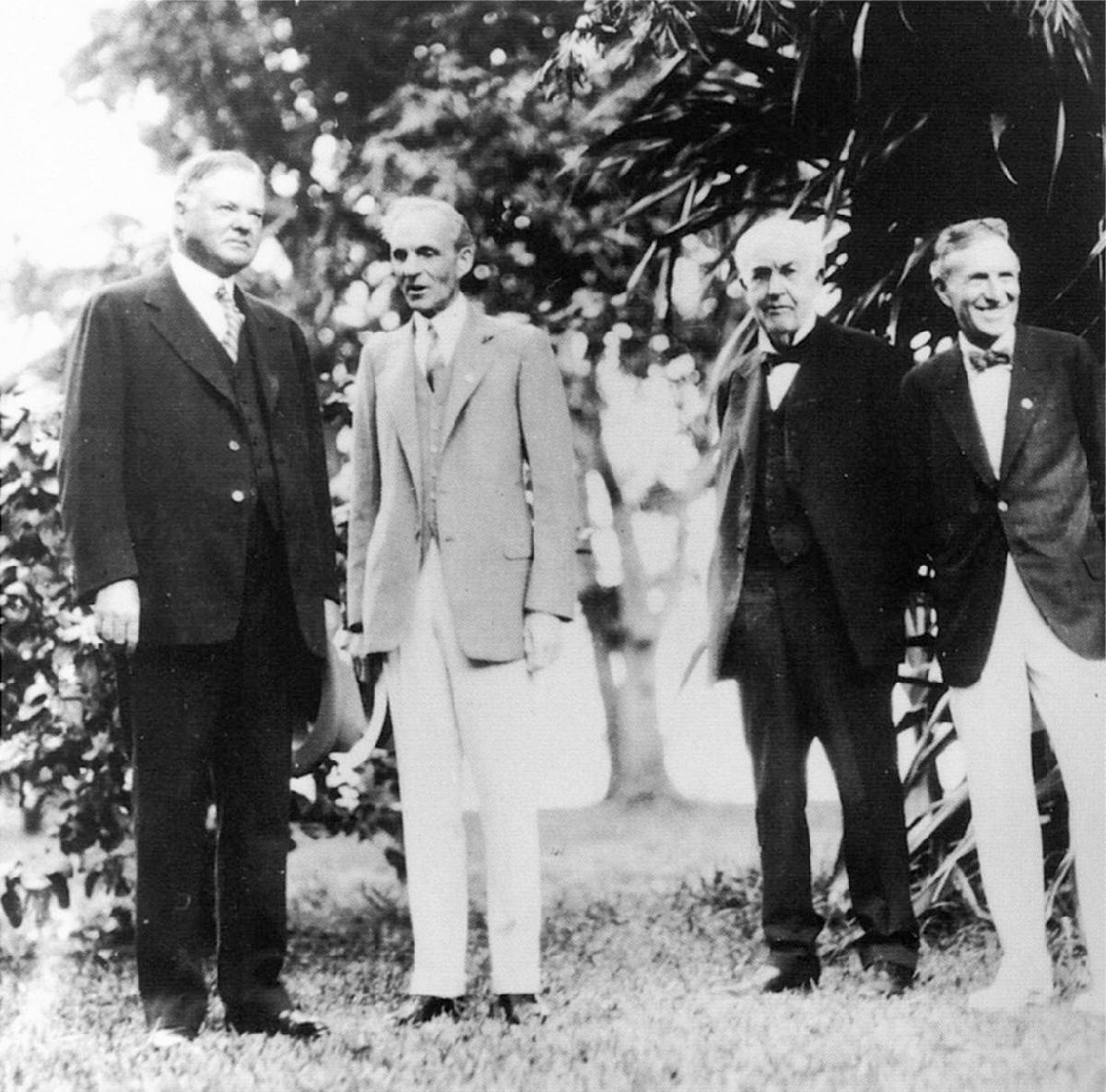
HOOVER'S HESITANCY |
| At
this point the economic depression rural and small-town America had
been experience now began to extend itself to industrial urban
America. By the beginning of the 1930s America was finally
entering the era known as the Great Depression. Politically speaking, the fallout for this economic tragedy fell on the shoulders of Herbert Hoover, who had just taken office as U.S. president the year of the stock market crash. It was not his fault – though the nation looked to him for hope, for answers. But he was at a loss as to what to do … refusing even to grant on an earlier basis the pension bonuses (promised to begin in 1941) to desperate veterans of the war – even at a reduced amount … even when hundreds of desperate veterans camped out in Washington DC in the hopes of getting some kind of financial assistance. They were desperate. But even when Hoover finally did attempt some kind of government programming to support a staggering economy … his Democratic Party opponents in Congress – sensing Hoover's political vulnerability as the nation approached a new round of national elections – accused him loudly of practicing "Socialism." |
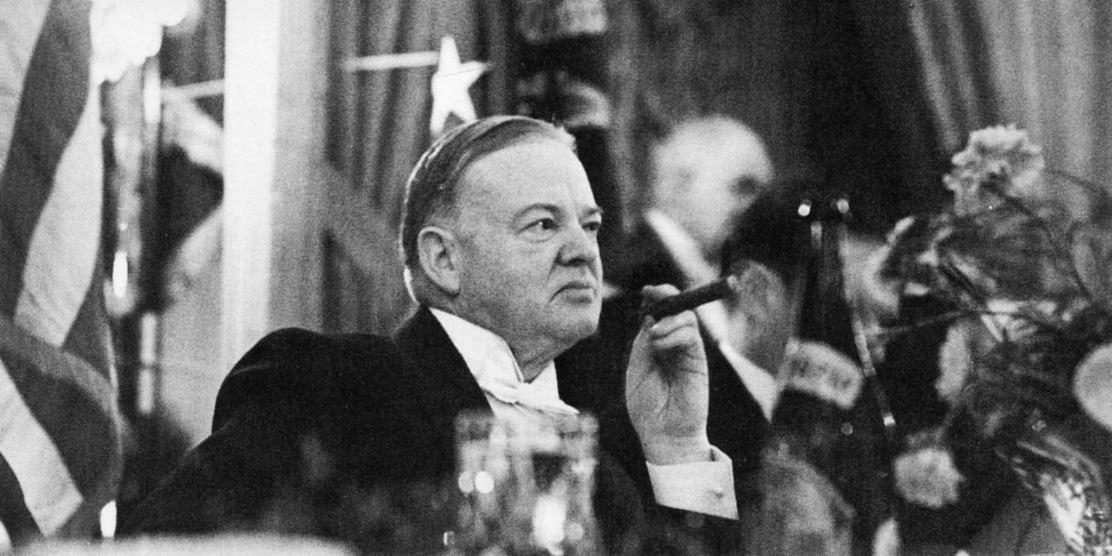
Some of the 6,000 men who
queued up for jobs offered by a New York employment agency - 1930 (135 found jobs; by 1932
almost 30% of the American workforce was unemployed)
Some of the 15,000 members
of the "Bonus Army" who had descended on Washington,
D.C. in mid 1932, vowing not to leave until
the bonus promised them for service during the War
was paid.
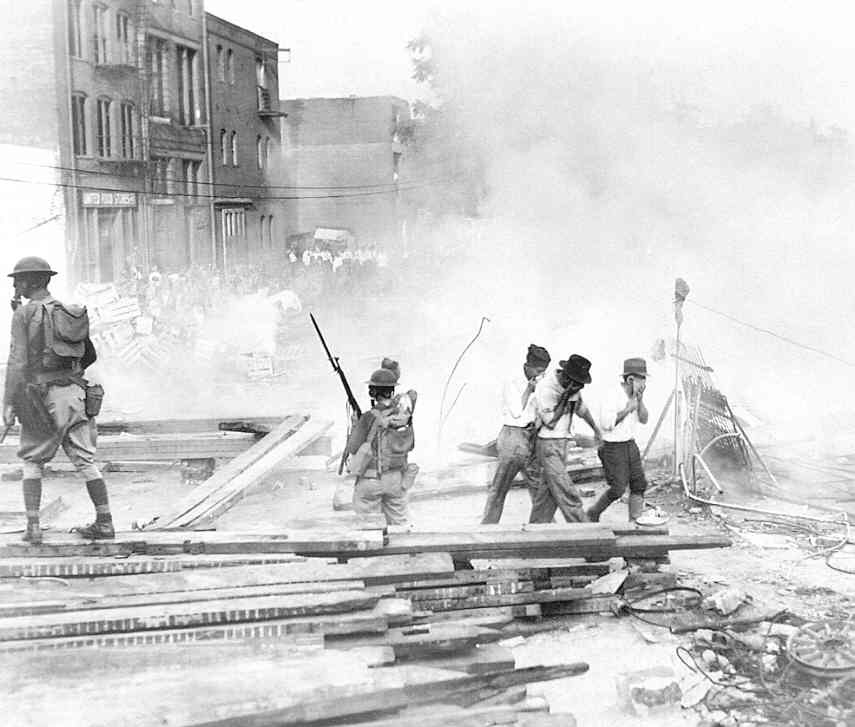
ROOSEVELT'S "NEW DEAL" |
| Cashing
in on the despair, the ever-smiling Democratic Party presidential
candidate Franklin D. Roosevelt rode into the presidency promising a
"New Deal" ... although the specifics of the matter were never very
clear during the presidential campaign. In fact, they would soon
reveal themselves to be even more "Socialist" than what the Democrats
had so recently accused Hoover of attempting to put in place. In
any case, a very discouraged American electorate turned out in huge
numbers to support this most optimistic candidate – for there was
little else at the time to be optimistic about. The First 100 days. A vast number of Roosevelt's programs were easily put through a Democratic-Party-controlled Congress … putting thousands of unemployed young men to work building national parks; Roosevelt and his "Brain Trust" of presidential advisors had dams and river plants built in order to generate both flood control and vast amounts of electrical energy for rural America; he put the American banking system under the protection of a Federal Deposit Insurance Corporation, the stock market under the regulation of a Securities Exchange Commission. But that was just the beginning. He would in 1934 move on to create a home mortgage insurance commission (the Federal Housing Administration); and in 1935 set up America's Social Security Trust Fund … to prompt Americans to set aside part of their earnings in order to have a pension fund to draw from during the years of their retirement. And then he went on to finance multitudes of various civil building projects, from swimming pools, to amphitheaters, to railroad improvements, to municipal parks, to municipal public office buildings, to roads, airports, etc., etc. … to put unemployed Americans to work. And of course all this ran up the public debt to unprecedented heights. Confrontation with the U.S. Supreme Court The U.S. Supreme Court looked suspiciously at these projects, claiming that they had no constitutional warrant, and shot one down after another … only to have Roosevelt come up with yet another program. Furious at this opposition, he threatened to simply reshape the membership of the Court … shocking even members of his own party at this rather unconstitutional step. However, some changes in the makeup and viewpoint of the Court membership soon changed its position vis-a-vis his projects. Roosevelt, however, had lost a lot of political standing during his war with the Court ... a political war which did not go over too well with a lot of Americans. A deep shift in the American sense of order The Depression seemed to be a concrete support of the idea that the realm of social ideas and ideals that the country had been living under – virtually since its founding in the early 1600s – were "false gods" who clearly had failed. It was indeed time to go at life in very new, very "progressive" ways. Certainly that was the idea that justified Roosevelt's use of extensive federal powers to rebuild American society, almost from the ground up. But the thinking did not just stop at political "progress" ... but under the guidance of self-appointed social prophets – with their grand social theories – the Depression promoted a deep spirit of progressivism in the realm of new social ideals ... and even in the realm of religion. For American intellectuals, this was exactly what they had spent years preparing for ... the opportunity to put their beautiful social ideals into action. The Humanist Manifesto (1933). This intellectualist spirit of the times is best represented in the Humanist Manifesto, signed by 34 prominent individuals and published in America's mainstream media on May 1st, 1933. The signatories included some 9 professors of religion, theology, philosophy, etc. at Harvard, Chicago (3), Cornell, Michigan, Illinois, Pittsburgh, Smith, and Columbia (2 ... one of them being the very well-known John Dewey) – plus 9 Unitarian pastors, plus 4 editors of prestigious journals, and a number of heads of various Liberal societies. In short, a group very representative of the highest realm of American social intellectualism. Basically from the Humanist Manifesto's point of view, capitalism had failed ... and so also had traditional Christianity. It was time for a deep revision in the social, moral and spiritual character of modern society. Interestingly, the signers of the document start off by identifying themselves as "Religious humanists" ... believing that the universe was "self-existing and not created." It also affirms that "modern science makes unacceptable any supernatural or cosmic guarantees of human values." It also states that "there will be no uniquely religious emotions and attitudes of the kind hitherto associated with belief in the supernatural." And it affirms that "a socialized and cooperative economic order must be established to the end that the equitable distribution of means of life be possible." And so it concludes "So stand the theses of religious humanism." This was not Middle America speaking. This was American Intellectualism speaking. And this amazing document made very clear the key features of Humanism ... and its ideals that serve as the underpinning worldview that has long directed "lofty" Intellectuals ... the same ideals that informed Rousseau, Jefferson, Marx, Wilson, and many others of this same intellectual nature. |
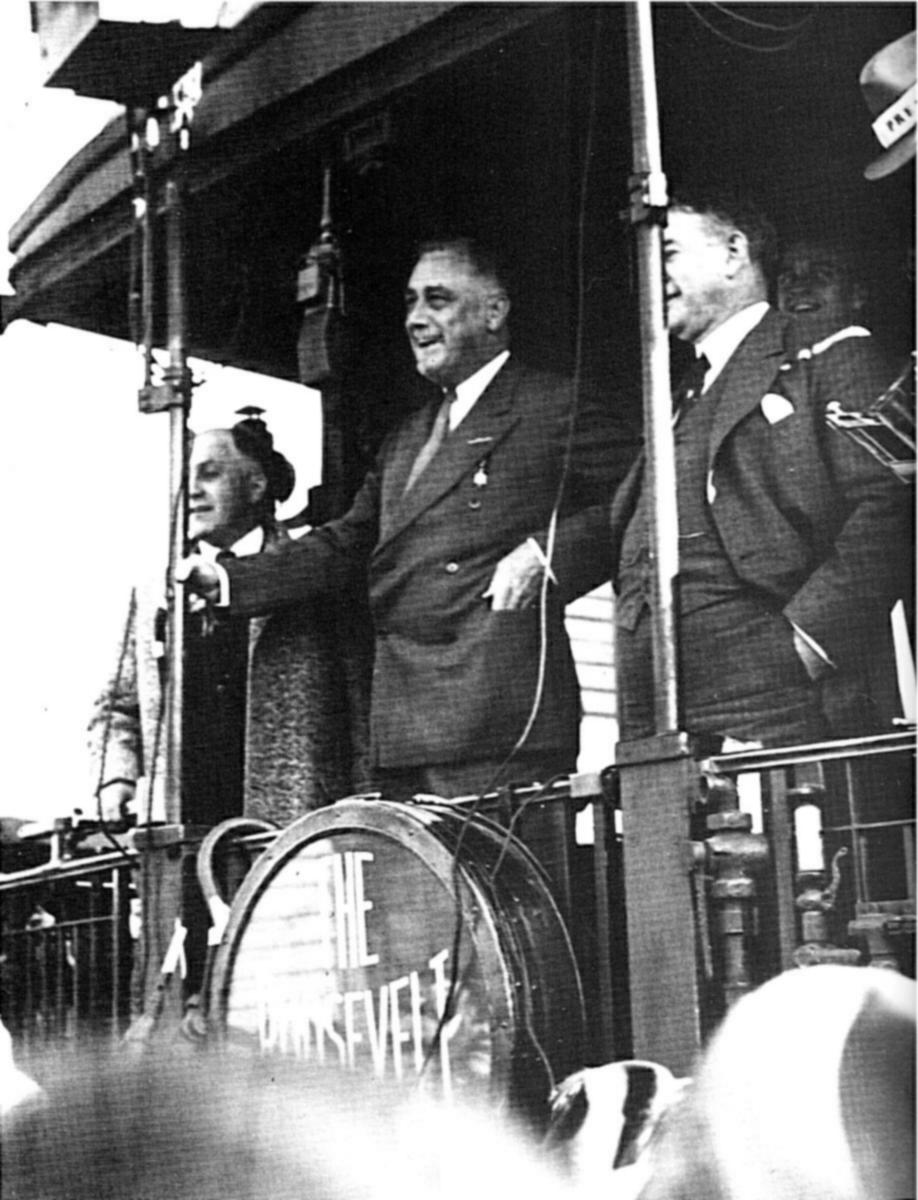
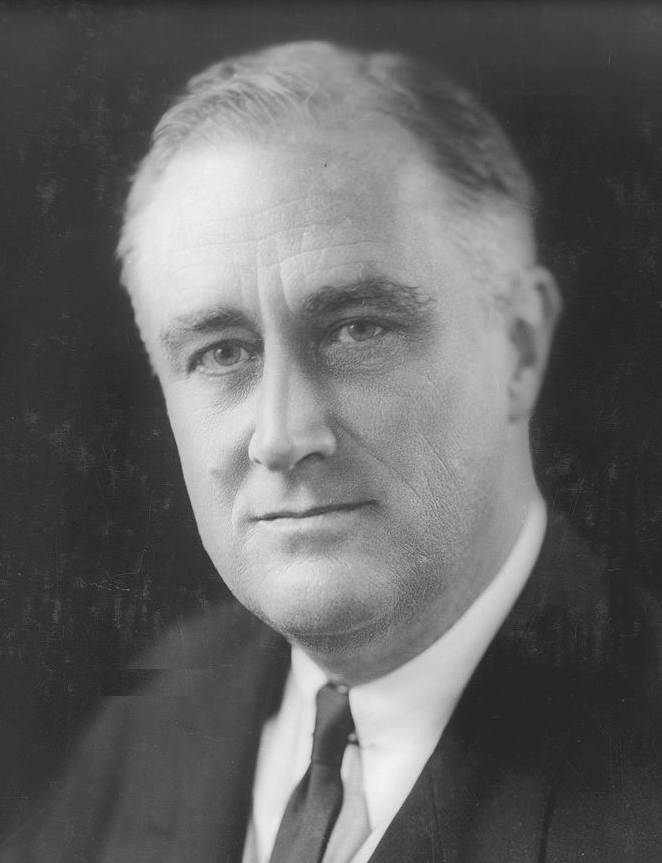
National Archives
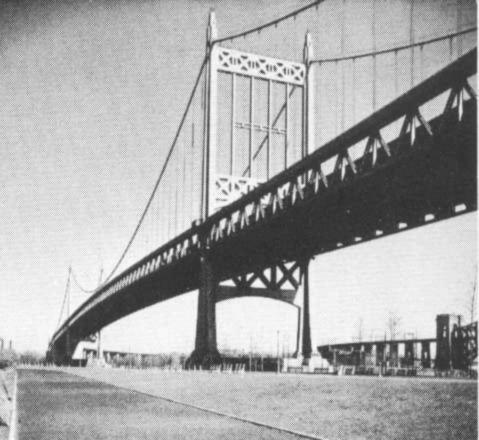
Public Works Administration and Federal Works Agency
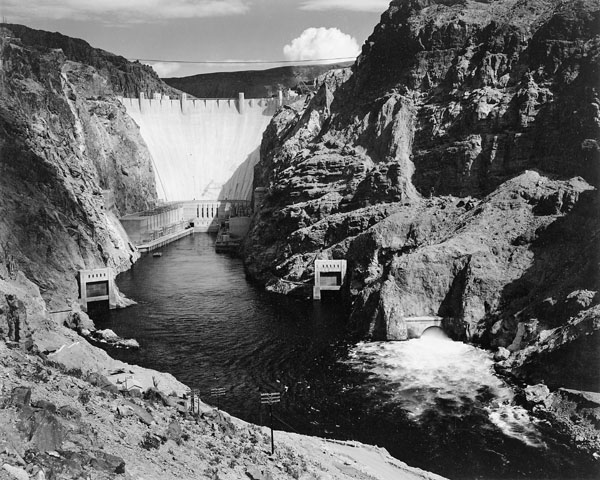
By Ansel Adams, Nevada
National Archives
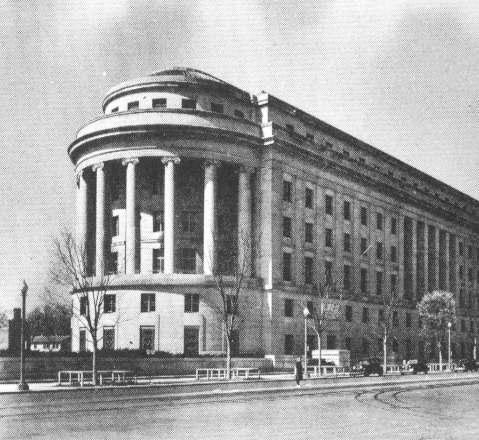
Public Works Administration and Federal Works Agency
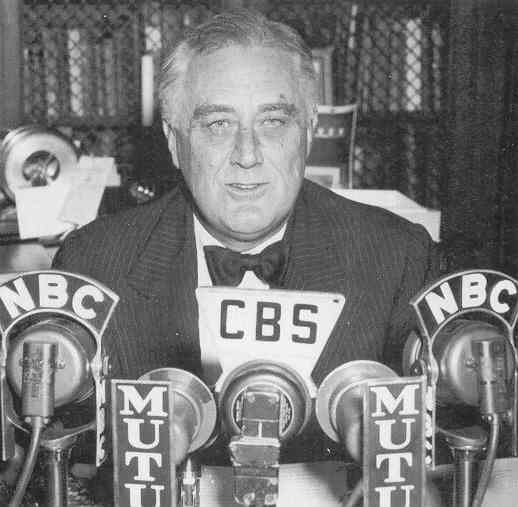
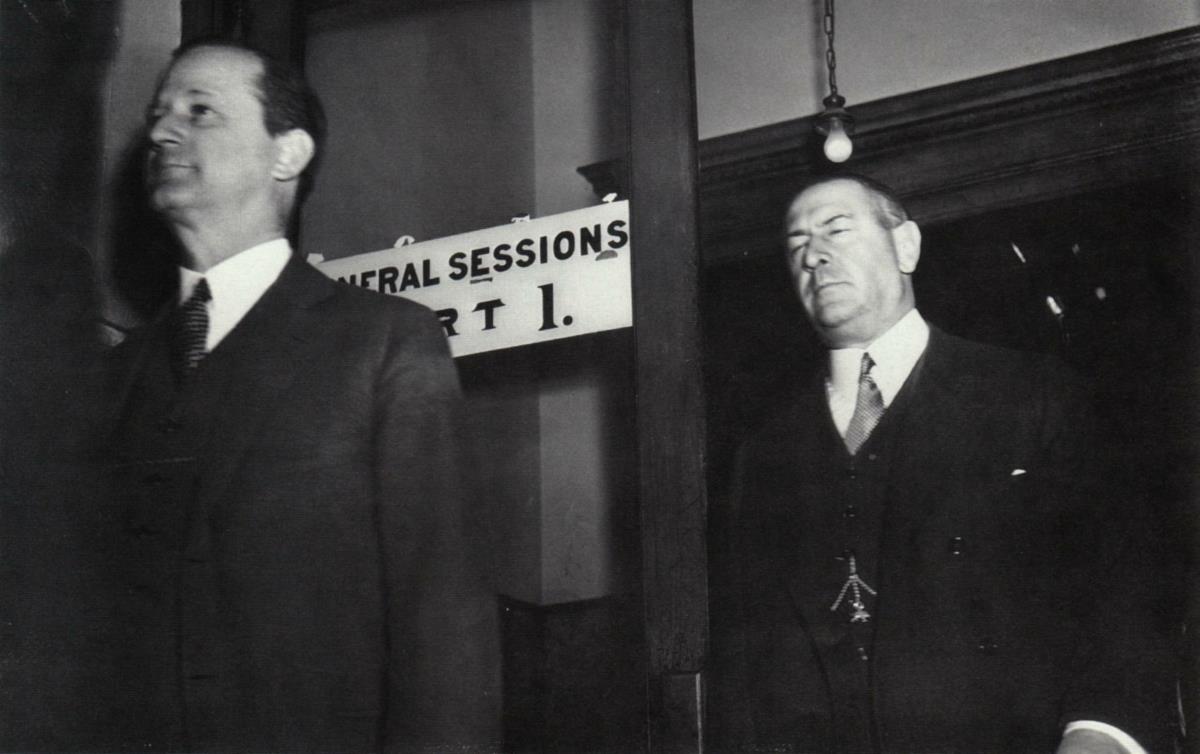
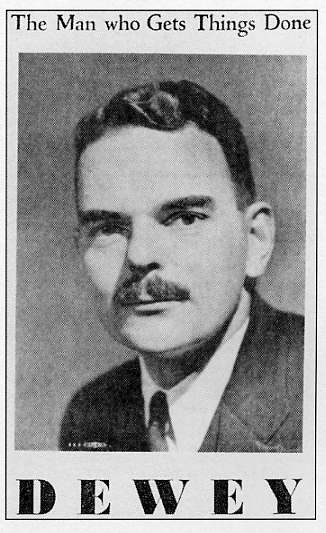
(An outraged Dutch Schultz had scheduled a hit on Dewey in 1935 - but was himself killed just a few days before the scheduled event - which thus never took place)
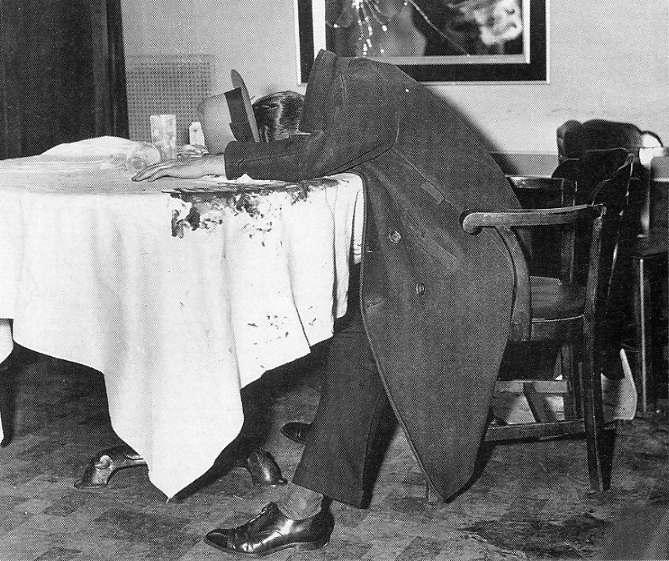
THE SLIDE BACK INTO THE DEPRESSION |
| But
this kind of Idealism would lose favor quickly (if it ever did have any
favor at all with Middle America) ... because Idealist America found
itself helpless in the face of hard reality. First there was a huge and ongoing drought that descended in the mid-1930s upon a number of Midwestern states, from Texas in the south to North Dakota in the north. The topsoil was simply blown away by hot winds which turned the air into black clouds of choking dust. Farms were simply abandoned as destitute farmers headed west to California to look for work – any work. Most of them ended up living in migrant workers' camps under the worst conditions imaginable. People survived – but only by toughening up. Then also by 1937-1938 America was running into new economic problems as government infrastructure projects came to completion and the need for new government work projects disappeared. America now had a largely complete network of national highways, dams at every likely spot where electricity could be generated, national parks for recreation in every likely location, etc. There was now little government work to be found ... and workers were sent home again. And none of this seemed to activate America's "private sector" … on which industrial America had previously built its national wealth. No new inventions, no new products, came on the shelves for eager consumers to purchase. Anyway, what money Americans did possess they refused to invest in the industrial world but instead simply put their earnings "under the mattress" … where it would be safe from the unpredictable shocks of the world of financial investment. Consequently, with little economic action beyond what the government was still trying to offer, the American economy slowly slid back down into its former stagnant level. The Great Depression was still on in America. |
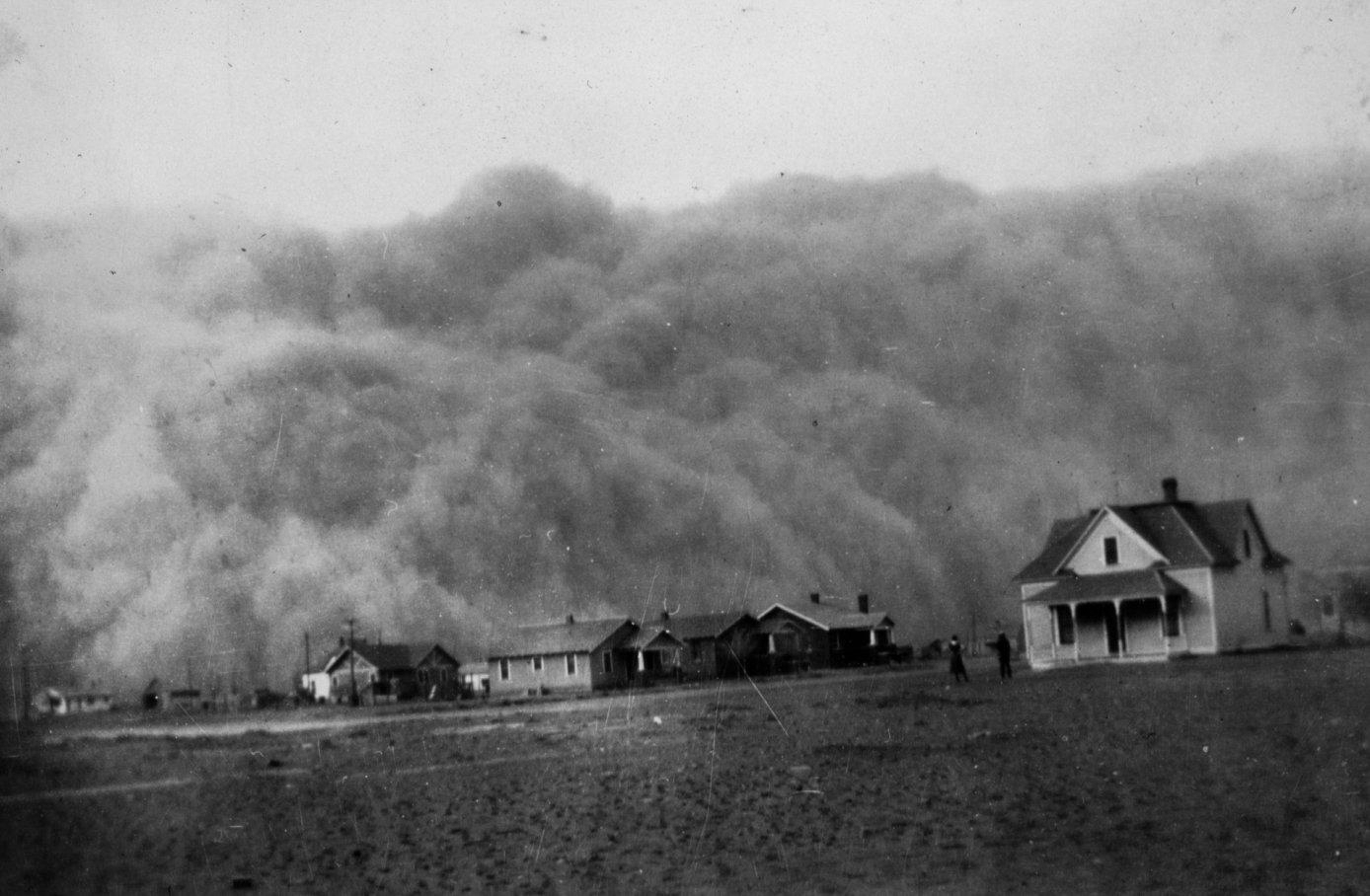
Library of Congress LC-USZ62-35799E
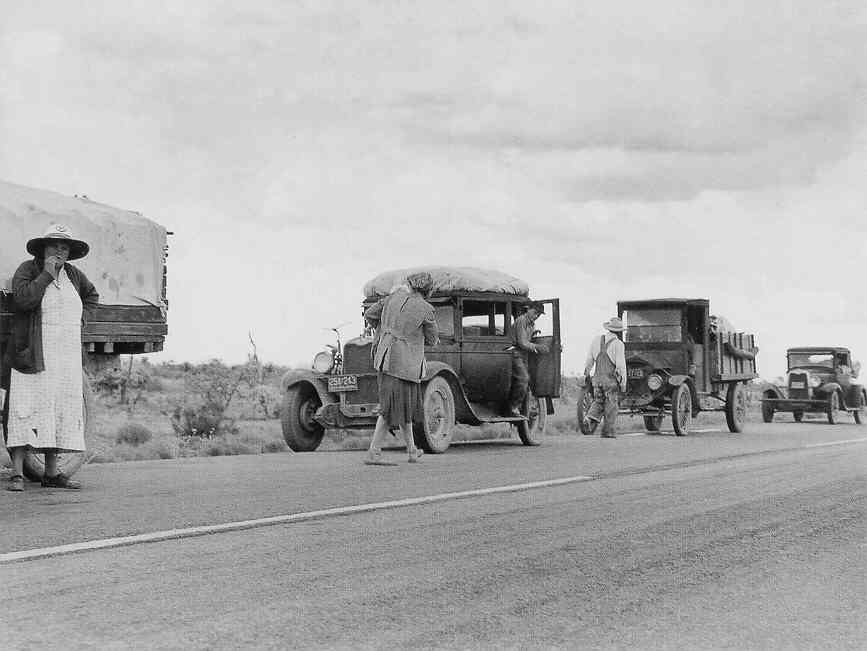
Library of Congress
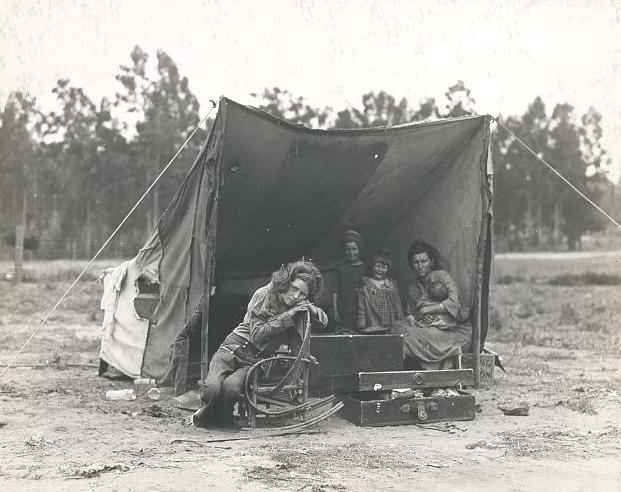
Library of Congress
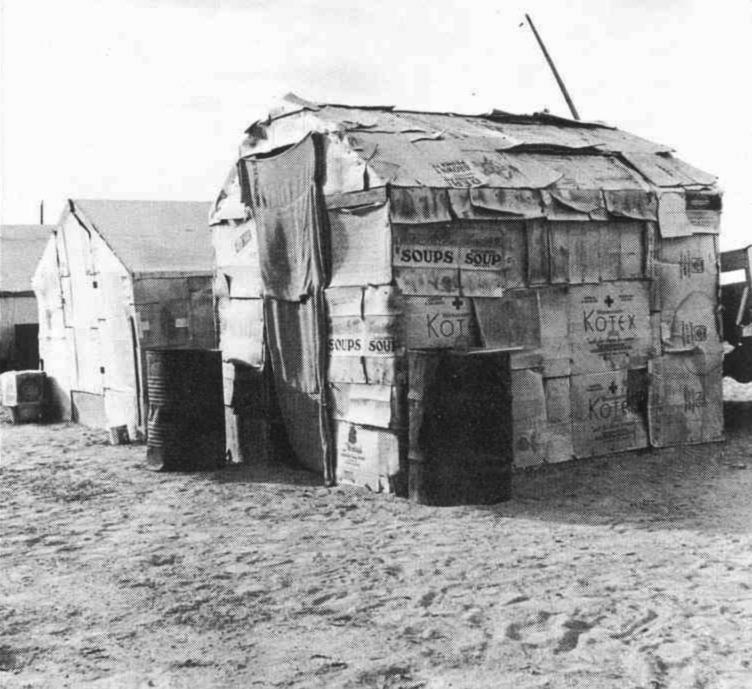
Library of Congress
A bloody battle between strikers
and "scabs" (those hired by the company to take over the jobs of the striking
workers) in the 1937 strike at Republic Steel in Cleveland (eighteen workers lost their
lives)
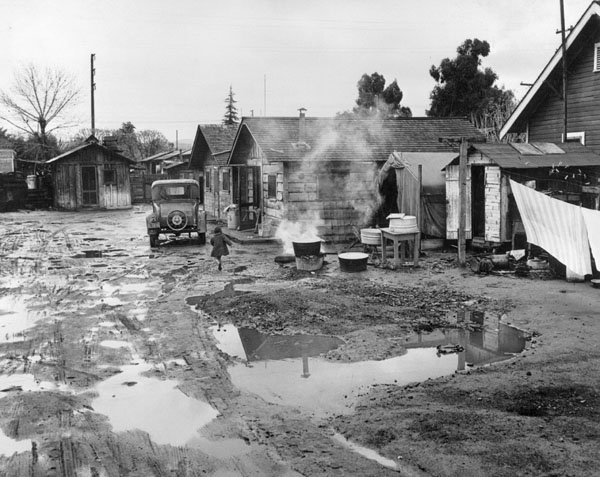
By Dorothea Lange, Tulare County, California, February 1940
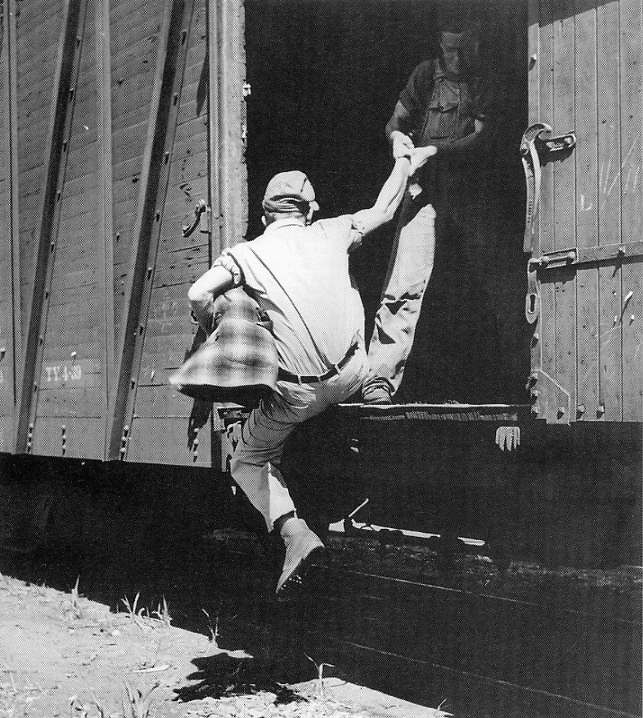
A SHIFT IN THE PRESIDENTIAL AGENDA |
| But by this point Roosevelt was turning his attention elsewhere … to the international scene where Japanese behavior in China and the rise of Hitler in Europe were clearly alarming developments. Although America was in no mood to go sallying forth to try to save the world again (in fact the mood of America at this point was becoming increasingly "isolationist" in the face of these rising dangers abroad) Roosevelt himself kept close tabs on what was happening overseas. He had a sense that a largely unarmed America was soon going to find itself caught up in a mess for which it was totally unprepared. Thus it was that he personally followed these overseas doings very closely. |

Go on to the next section: The Depression's Impact on Europe




